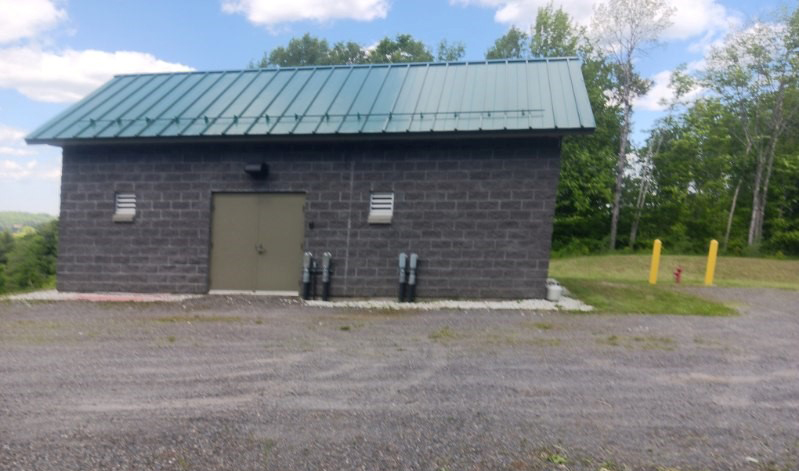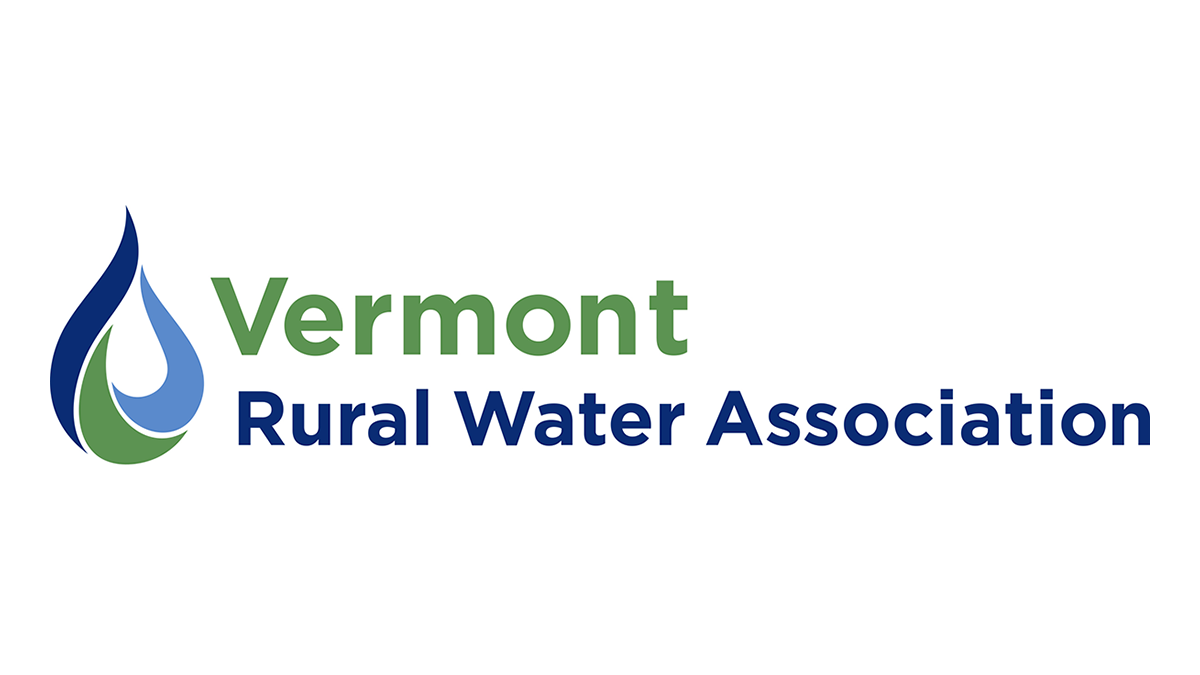by Paul Sestito
This article was published in the fall 2024 issue of our newsletter.
Coventry, Vermont sits close to the Canadian border in the Northeast Kingdom. With a population of approximately 1,100, Coventry is a typical example of a small Vermont town. For those of you who may be fans of the Vermont-formed band Phish, you may remember the town of Coventry hosting the band’s “last” performance in 2004.
Coventry Fire District #1 is the municipal entity within the town of Coventry that provides drinking water, primarily in the town’s village area. The water system serves approximately 300 customers and has about 70 connections. Most connections are residential, but there are some businesses and a school on the water system. The fire district was formed under Act 193, approved by the General Assembly of the State of Vermont in 1923. It celebrated its 100th anniversary last February.

The arsenic treatment plant at Coventry Fire District #1.
There have been too many changes to the water system over the years to list them all. One of the largest and most important improvements in the long history of the fire district was the construction of an arsenic treatment facility in 2019. The project was able to be completed with grant and loan funding from the U.S. Department of Agriculture (USDA) and the Drinking Water State Revolving Fund (DWSRF).
As with many fire districts, there have been challenges. One that is currently being addressed is metering. Previously, some connections had no meter and some had older, manually-read meters. As a result, the system did not read meters or bill by water use. The fire district was able to secure American Rescue Plan Act (ARPA) funding from the town to purchase and install new meters with the latest technology. That project is currently underway.
Another challenge, which is becoming all too familiar, is weather-related. In July 2023, the Black River flooded parts of the town and village. The fire district wasn’t impacted, but now is concerned that they may lose customers if buyouts occur on flood-prone properties. Since they don’t have many connections, losing a few homes could potentially have a financial impact on the fire district.

Prudential committee chair Dom Gervais and town clerk Deb Tanguay.
Finally, Coventry Fire District #1 has also been struggling with recruiting and retaining volunteer prudential committee members in recent years, a challenge faced by many other fire districts as well.
Coventry Fire District #1 continues to operate and provide safe, reliable drinking water to its customers. The fire district is an example of community resiliency. A team effort consisting of hard-working volunteers, contractors, government agencies, and technical service providers working together has allowed Coventry Fire District #1 to remain a vital part of the community for more than 100 years!

